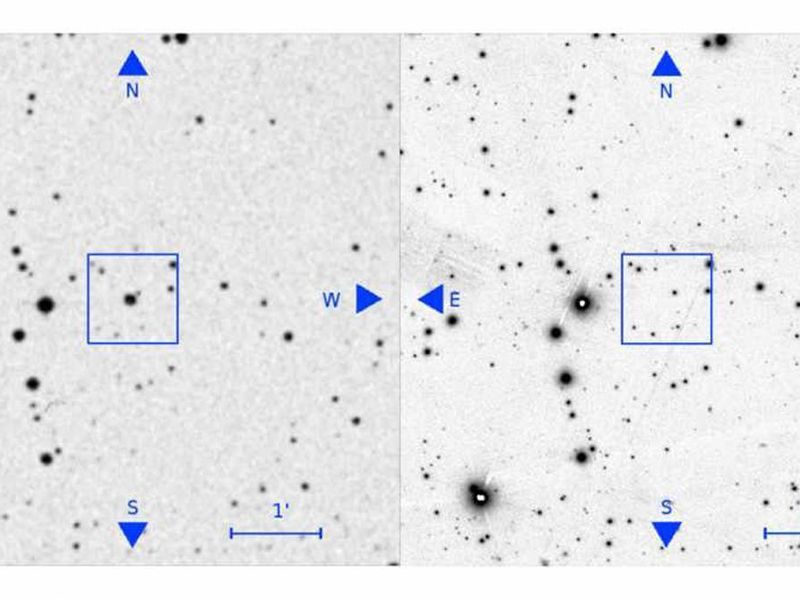OF THE
TIMES
So since about 1998, when the solar activity started to drop, the Arctic jet stream has shown signs of weakness (lower speed and more southerly location). Jet stream latitudinal oscillations have been acknowledged by mainstream science for years. They are allegedly due to changes in the Arctic oscillation. [561] So far, no convincing explanation has been provided for the causes of this 'oscillation'. However, if the electric nature of our solar system is taken into account, shifts in the jet stream begin to make sense...
Therefore, if solar activity is weak, the jet stream should be observed at abnormally low latitudes. This is what has happened in recent years, particularly over Europe, with the jet stream as low as 15° north in winter (above North Africa) when it should be around 60° north (above Scotland)...
In this way, a lasting decrease in solar activity would induce an overall cooling of the 'temperate' latitudes that would be increasingly less separated from Arctic air by a more frequently and abnormally south-shifting polar jet stream. This could be an aggravating factor in the quick onset of an ice age.

Comment: Recent reports of iridescent clouds (also known as Nacreous or Polar Stratospheric Clouds) have included comments such as that from residents who have lived in the area for 70 years stating that they were "once in a lifetime" events. Taken together with the numerous other sights in our skies, and other Earth Changes phenomena, it's clear that there are great changes afoot on our planet:
- Stunning iridescent clouds snapped above skies of Siberia's Belukha mountain
- Strange Sun effects detected by world's highest weather stations
Also check out SOTT radio's:- Behind the Headlines: Earth changes in an electric universe: Is climate change really man-made?
- Adapt 2030 Ice Age Report: Interview with Laura Knight-Jadczyk and Pierre Lescaudron
And SOTTs monthly report documenting these events: